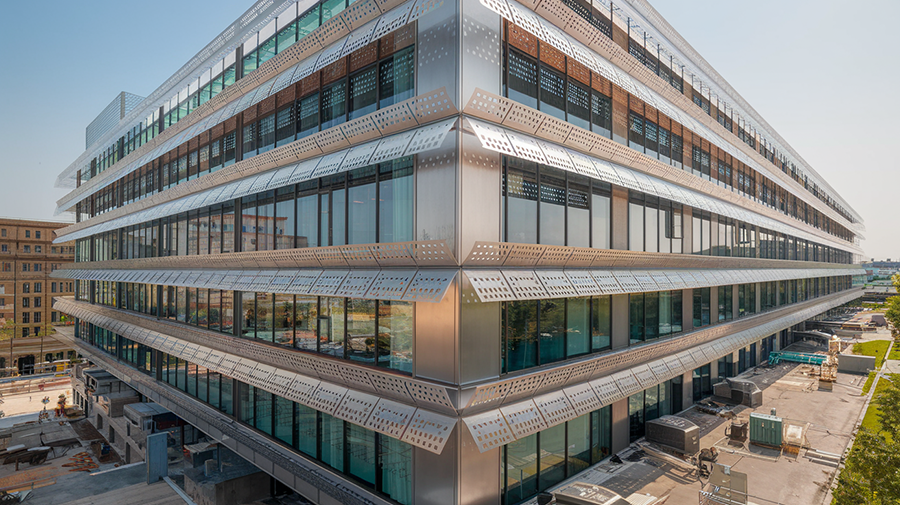In the era of sustainable architecture, perforated metal has emerged as a game-changing material that combines aesthetic appeal with remarkable energy-saving properties. This innovative building material is revolutionizing how architects and developers approach energy-efficient design, offering solutions that are both environmentally conscious and architecturally striking.
Understanding Perforated Metal in Modern Architecture
Perforated metal panels consist of sheets with precisely engineered patterns of holes or slots. These patterns aren't just decorative – they serve crucial functional purposes in building design. The strategic placement and sizing of perforations create a dynamic interface between interior and exterior environments, contributing significantly to a building's energy performance.
Key Energy-Saving Benefits
Solar Shading and Natural Light Management
One of the primary advantages of perforated metal in sustainable architecture is its ability to manage solar gain effectively. The panels act as sophisticated solar screens, allowing:
●Controlled natural light penetration while reducing glare
●Decreased heat gain during summer months
●Enhanced thermal comfort for occupants
●Reduced dependency on artificial lighting systems
Natural Ventilation Enhancement
Perforated metal panels contribute to building ventilation in several ways:
●Creation of passive airflow channels
●Reduction of mechanical ventilation requirements
●Temperature regulation through strategic air movement
●Lower HVAC system operating costs
Thermal Performance Optimization
The unique properties of perforated metal panels help optimize a building's thermal performance by:
●Creating an additional insulating layer
●Reducing thermal bridging
●Maintaining comfortable indoor temperatures
●Minimizing energy loss through the building envelope
Applications in Modern Buildings
Facade Systems
Perforated metal facades serve as both functional and aesthetic elements:
●Double-skin facades for enhanced insulation
●Solar screening systems
●Decorative architectural elements
●Weather protection barriers
Interior Applications
The versatility of perforated metal extends to interior spaces:
●Partition walls allowing natural light distribution
●Ceiling panels for improved acoustics
●Ventilation covers promoting air circulation
●Decorative elements combining function with design
Sustainable Building Case Studies
The Edge Building, Amsterdam
This innovative office building utilizes perforated metal panels as part of its sustainability strategy, achieving:
●98% reduction in energy consumption compared to traditional offices
●BREEAM Outstanding certification
●Optimal daylight utilization
●Enhanced natural ventilation
Melbourne Design Hub
This architectural masterpiece showcases perforated metal's potential through:
●Automated exterior shading systems
●Integrated photovoltaic panels
●Optimized natural ventilation
●Significant reduction in cooling costs
Future Trends and Innovations
The future of perforated metal in sustainable architecture looks promising with:
●Integration with smart building systems
●Advanced perforation patterns for optimal performance
●Combination with renewable energy systems
●Enhanced material recycling capabilities
Implementation Considerations
When incorporating perforated metal into energy-efficient building design, consider:
●Local climate conditions and solar patterns
●Building orientation and usage requirements
●Integration with other building systems
●Maintenance and longevity factors
Economic Benefits
The investment in perforated metal solutions offers significant returns through:
●Reduced energy consumption costs
●Lower HVAC system requirements
●Decreased artificial lighting needs
●Enhanced building value through sustainability features
Conclusion
Perforated metal continues to prove its worth as an essential component in energy-efficient building design. Its ability to combine functionality with aesthetic appeal while contributing to significant energy savings makes it an invaluable tool in sustainable architecture. As we move toward a more environmentally conscious future, the role of perforated metal in building design will only become more prominent.

Post time: Jan-16-2025



